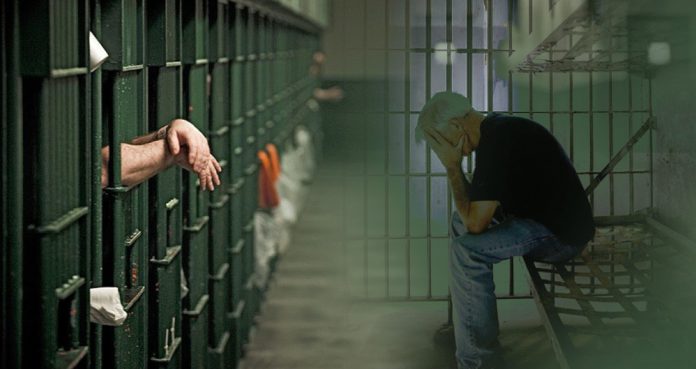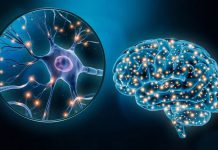More than half of the people who have mental health issues and are currently confined in Los Angeles (LA) County jails would benefit from receiving mental health treatment, according to a new report.
They could receive psychological treatments in specialized community centers rather than incarceration.
The LA county jails hold nearly thousands of inmates at any one time. Previous reports have found that these jail inmates were previously homeless and had mental health conditions.
If these people do not receive proper psychological care and support, they are more vulnerable to recidivism or habitual relapse to crime. Also, they are more likely to be homeless once again after getting released from jail.
So, to address this issue, last year, the LA County Board of Supervisors decided to work on the possibilities of offering psychological support and care in community-based centers to jail inmates who may need it.
The LA County commissioned RAND Corporation, a nonprofit global policy think tank that offers research and analysis to the US Armed Forces, to find out how many jail inmates would benefit from mental health treatment by moving them to community-based centers.
The researchers of the study said those who experience serious mental health issues are eligible for targeted therapy.
Lead study author Stephanie Brooks Holliday, a behavioral scientist at the RAND Corporation, said, “Knowing how many people are appropriate for diversion is a first step toward understanding the types of programs, staff, and funding that would be needed to treat those individuals in the community.”
The researchers found that more than 3,360 (61%) of LA county jail inmates were “certainly” eligible for receiving treatment in community-based centers, while over 414 (7%) were “potentially” eligible. And the remaining 1,762 (32%) were certainly not eligible for diversion.
They found that 59 percent of the men and 74 percent of the women were eligible for diversion to receive mental health treatment.
“Diversion is stopping the cycle between jail and homelessness,” explained county supervisor Mark Ridley-Thomas, who was not a part of the report.
He added, “Just in the last 3 years, the Office of Diversion and Reentry has safely diverted over 4,400 people from the county jails to more appropriate settings where they can get treatment, instead of the costly alternative of serving additional time in jail and being released with no supports, too often ending up homeless. This is a smart policymaking.”
“RAND’s research underscores the need to double down on diversion to reach all those who could benefit,” continued Ridley-Thomas.
The researchers said the LA County officials should improve the quality of data collection processes so that we can get more information about jail inmates who are eligible for diversion.
Holliday cautioned, “Even with increases in diversion, there will continue to be a large number of individuals with mental health needs who remain in the jails.”
“That is why it is important that there are services in place to care for people who are incarcerated and provide continuing services once they are released back into the community.”























